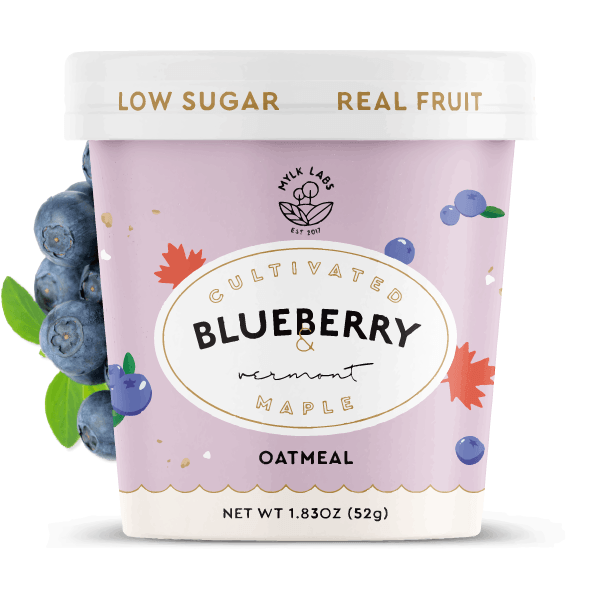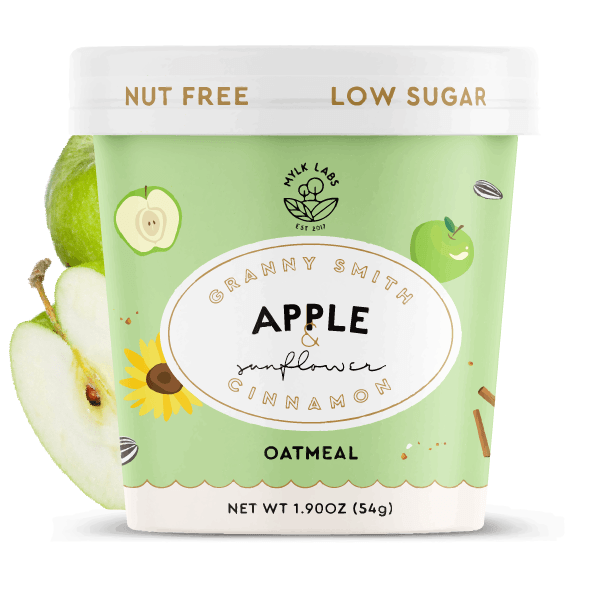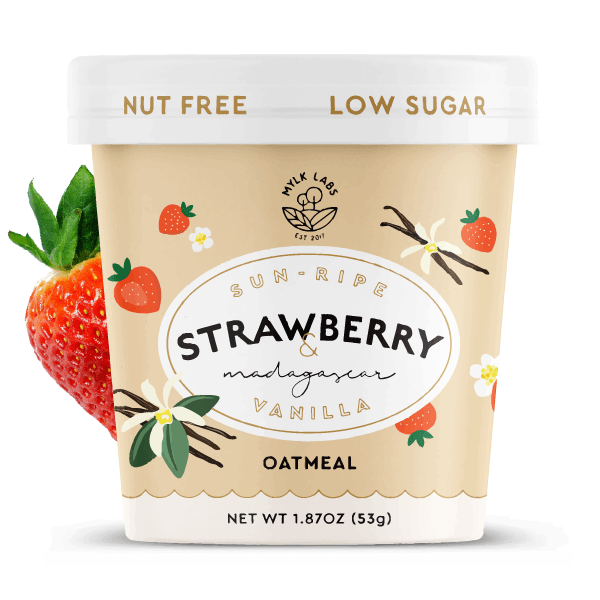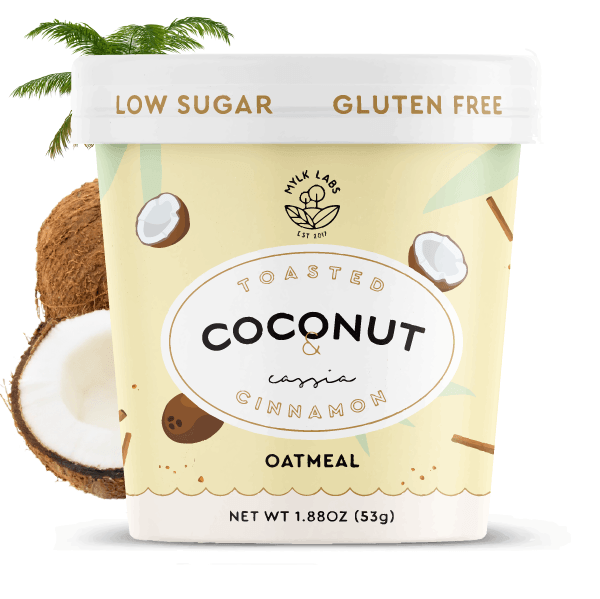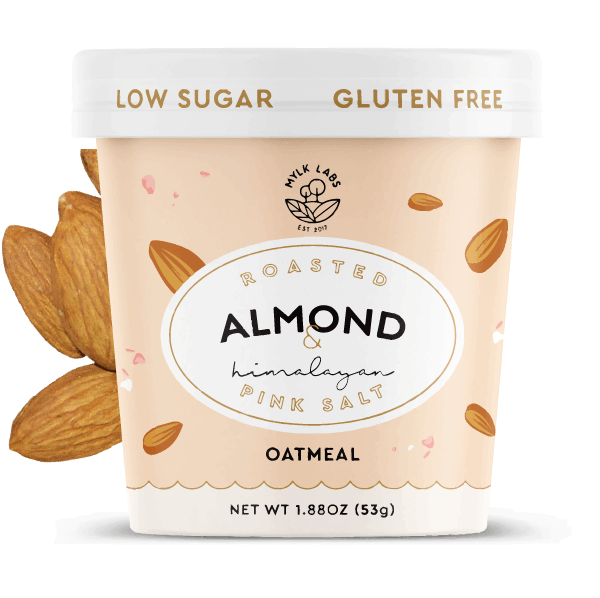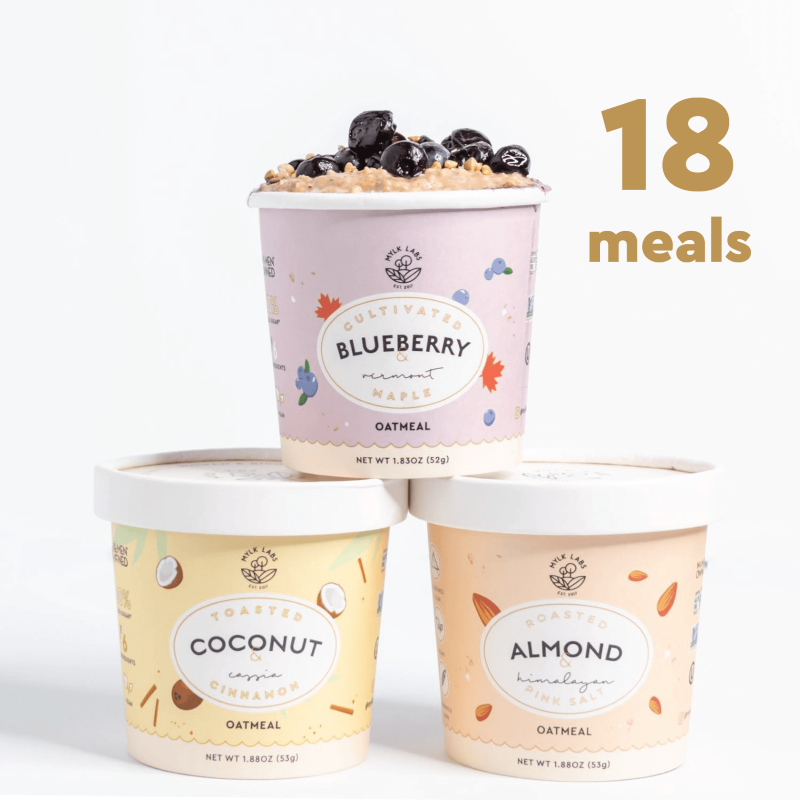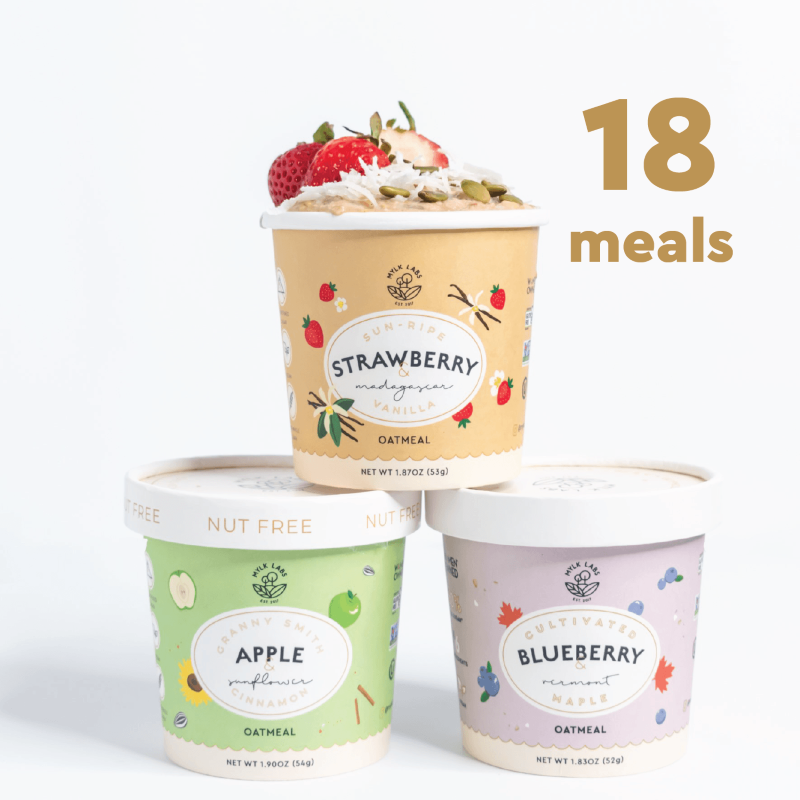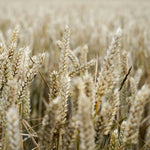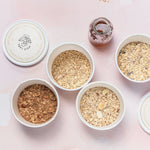Guest post by: Anna Brown, MS, RD
Founder of Nutrition Squeezed, LLC
One of the biggest myths I have to overcome with new clients is that carbs are bad and they can’t be a part of a healthy and balanced diet. That’s just not true! Unfortunately, thanks to diets like keto and the rise of the wellness influencer on social media channels, we think that all carbs are bad and should be avoided at all costs.
Not only is this completely false, but it can actually be detrimental to our health, hormones, and overall happiness. I personally can’t imagine living a joyful life without pizza or sweet potatoes, can you?!
So let’s dive into what carbs are, why they’re ok, and how to enjoy them healthfully.

What ARE Carbs, Anyway?
Carbohydrates are made up of carbon, hydrogen, and oxygen. When eaten, carbs can be broken down into glucose, or sugar molecules, in the body and used for energy. Starch, sugar, and fiber are the most common carbohydrates, and all but fiber turn into the same molecule of glucose in our body and our blood. Fiber passes through our digestive system undigested (although it feeds our good gut bacteria, makes us feel full, and helps us stay regular!).
Carbohydrates are found in 5 categories of foods:
- Fruits - All fresh, dried, juiced, and frozen fruits have carbs in the form of glucose and fructose.
- Vegetables - Most vegetables contain carbohydrates, but only starchy vegetables like corn, peas, potatoes, and winter squash have significant amounts.
- Grains - Wheat, oats, quinoa, barley, and rice all contain carbohydrates in varying amounts depending if they’re whole grain or processed.
- Dairy - Milk, cheese, and yogurt all contain carbohydrates in the form of lactose, also known as milk sugar.
- Legumes - Black beans, navy beans, pinto beans, edamame, lentils, and chickpeas all contain carbohydrates, plus a lot of gut-healthy fiber.
- Added sugars - These obviously contain carbohydrates since they are made mostly from glucose and fructose. Products with added sugars include soda, candy, cakes, cookies, and more.

Why Do We Need Carbohydrates?
Carbohydrates are easily digested and used by the body as fuel for our brain and nervous system and energy for our muscles and cells to function properly. Plus, we need carbohydrates to make and balance hormones. Not to mention, fiber, which is technically a carbohydrate, provides beneficial prebiotic nutrients for our gut microbiome, makes us feel full for longer, and helps with regularity.
When carbohydrates are consumed in excess, and in forms and quantities that spike your blood sugar, they can be converted to fat for storage. This was an evolutionary advantage so our ancestors could gorge themselves on summer fruits and veggies and then survive a winter without fresh produce.
But that doesn’t mean ALL carbs are bad! The key is to consume good-for-you carbohydrates in adequate amounts and in combinations with other foods and tactics to keep your blood sugar balanced. Like a whole grain, low sugar oatmeal such as Mylk Labs!

What Is Blood Sugar And Why Is It Important?
Blood sugar is more technically known as glucose, or how the sugars and carbohydrates that we eat break down into smaller molecules (glucose) in our body and are used for energy.
Blood sugar is important because it’s what gives us energy. Glucose is the preferred form of energy for our brain, muscles, cells, and organs to function optimally. Blood sugar BALANCE is what keeps us healthy and feeling good, every day. When we eat a carbohydrate or sugar without protein, fiber, or fat, it’s digested and metabolized much quicker, which in turn spikes our blood sugar too quickly for insulin to keep up with. Our body then ends up over-producing insulin to help transport all that circulating blood glucose into our cells, which can lead to that crash and subsequent sugar craving an hour after eating.
The good news - that sugar spike and crash roller coaster is completely avoidable with the right foods and tactics.
My clients LOVE hearing that they can consume carbs completely guilt-free, every day! The key is to focus on better-for-you carbs, food combos, meal timing and consistency, food order, and what you do before and after meals.
What Carbs Are Better For You?
These better-for-you carb options are loaded with fiber and/or protein and so will slow down your blood glucose spike. Remember, when we eat a carbohydrate or sugar without protein, fiber, or fat, it’s digested and metabolized much quicker, which in turn spikes our blood sugar too quickly for our body’s circulating insulin to keep up with. Protein, fat, and fiber slow down the digestion of glucose in our body.
Better-for-you options include:
- Starchy veggies (e.g. potatoes, corn, peas, winter squash)
- Whole fruit (e.g. berries, apples, oranges)
- Whole grains (e.g. quinoa, oats, brown rice, and wild rice)
- Legumes (e.g. lentils, chickpeas, black beans, soy beans)

How To Combine Foods To Avoid Blood Sugar Spikes?
Again, when we eat carbs on their own, it can spike your blood sugar resulting in a rush of insulin, a sugar high, and then a crash (which makes you crave more sugar - a vicious cycle). To avoid these spikes and crashes, always eat your carbohydrates with a protein, fiber, and/or a fat in the same meal and/or snack. For example:
- An apple with nut butter
- A piece of fruit with cheese
- Some hummus with carrots and celery
- A handful of crackers with cheese
- A slice of toast with a hard boiled egg
- A bowl of oats with chia seeds, nut butter, and berries
You can always trust Mylk Labs pre-made instant oatmeal cups because they are filled with all the good stuff– nuts, fruits and other healthy inclusions.
Meal Timing & Consistency
In order to avoid blood sugar crashes (feels like fatigue, shakiness, crankiness, and lightheadedness), we want to eat carbohydrates consistently at each meal and snack throughout the day. We want to be eating every 3-4 hours during the day (it’s fine to go 12 hours without eating overnight though).
In addition to consistency, we want to eat our meals around the same time every day (e.g. breakfast at 9am, lunch at 1pm, snack at 4pm, dinner at 7pm every day). Just like our circadian rhythm likes a consistent bedtime and wake up time, our digestive system likes consistent meal times because they can start to prepare for eating by producing digestive enzymes in advance - just like Pavlov’s dogs. Our digestive system has its own circadian rhythm so consistency is key!
What Order Should I Eat My Foods?
The order in which you eat the food on your plate can also help balance the blood sugar spike. That’s because when we eat foods with fiber, fat, and protein BEFORE our carbohydrates, it coats our digestive tract and slows down the digestion of the carbohydrate. Even just eating the broccoli and chicken on your plate a couple minutes before your sweet potatoes can make a difference! On that same point, always have dessert right after a meal, not an hour or two after.
Ideal Order to Eat Your Foods:
- 1st: Non-starchy veggies first
- 2nd: Protein & fat
- Last: Carbs and dessert
Examples:
- Eat broccoli before pasta
- Eat edamame before your sushi roll
- Eat a handful of nuts before your apple
- Eat a side salad before your risotto

What To Do Before and After Meals
Blood sugar balance isn’t just about the carbs that we eat - it’s also what we do before and after meals that can make a big impact on blood sugar balance.
Before: Research has shown that eating/drinking 1 tbsp of vinegar before a meal cuts glucose and insulin spike by up to 20%. This is an easy hack to implement by adding 1 tbsp of apple cider vinegar to a glass of water and drinking it before a meal, or making a salad dressing with balsamic vinegar and eating your salad before the rest of your meal.
After: Going for a short walk (10-15 minutes) after a meal helps your muscles use up glucose circulating in your bloodstream and thus lowers your blood glucose levels. Plus during the day you get added benefits of getting natural daylight to help your circadian rhythm!
I hope these tips are helpful and give you permission to enjoy your favorite carbs regularly for improved energy, hormone balance, and joy. If you’re looking for additional support with your nutrition, hormone balance, gut health, and/or relationship with food, come say hi on Instagram! I love helping people achieve their optimal health and wellness for a more vibrant and aligned life.

Anna is a Functional Registered Dietitian and Integrative Nutrition Health Coach with a private practice in Brooklyn, NY. She helps people heal their gut, balance their hormones, achieve food freedom, and reconnect with their biological rhythms for optimal health and productivity. She offers functional testing, customized protocols, 1:1 coaching and a 12-week group coaching program, ReWild Reset.










